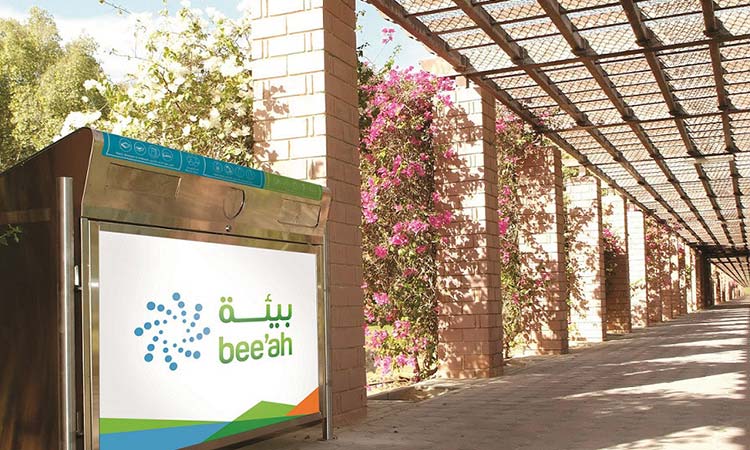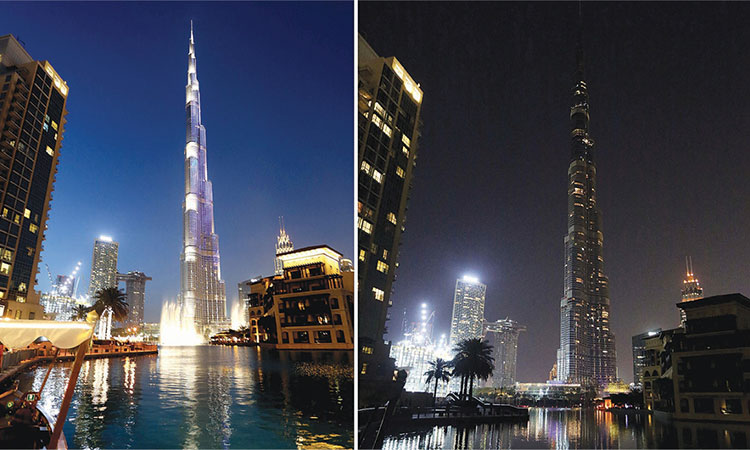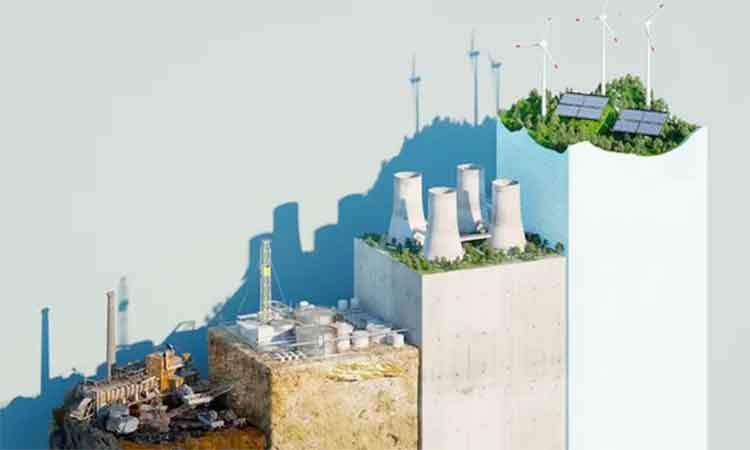UAE air quality shows vital improvement

Exposure to dust is part of daily life in this region.
Looking at the effect of meteorological parameters on air quality, the two-year study analysed a number of factors at two sites near Abu Dhabi and Dubai international airports.
Major results showed a decline in smaller particulate matter in the UAE in 2017 in comparison to 2016. “This indicates major improvements to air quality in recent years because of government regulations, and recent cloud seeding and rain enhancement projects,” said Dr. Yehya El-Sayed, Professor in Biology, Chemistry and Environmental Sciences at AUS and co-lead on the research.
In a desert environment, dust can have a significant impact. “This research assesses environmental quality in the region, where exposure to dust is part of daily life. There is shortage in the data available about dust patterns and composition in the Gulf region.
“The long-term exposure to dust storms is expected to have an impact on our daily lives and operations, which is why we need to monitor their periodic patterns and characteristics,” said Dr. El-Sayed.
He explained: “For example, dust storms result in reduced visibility that limits aviation and may cause mechanical problems for cars and airplane engines. Further, dust particulates have the potential to impact public health since they can easily enter the respiratory system and affect the heart and lungs.”
The study provides new data about the seasonal and temporal meteorological climate, and the information can help regulators adopt measures that can potentially alleviate the impact of dust and sandstorms on aviation and public health.
“Detailed assessment of dust contamination and metal concentration can potentially solve or eliminate possible mechanical problems in automobiles and airplane engines that are associated with dust. Dust storms may include desert sand, sea salt aerosol, soil erosion dust and fossil fuel combustion products. While most of the metals found are part of the sand composition, some of the heavy metals identified in low concentrations are most likely related to major industrial, heavy machinery and construction activities within the vicinity of the stations. The data can assist environmental agencies in their regulatory roles,” explained Dr. Sofian Kanan, Professor in Biology, Chemistry and Environmental Sciences at AUS and co-lead on the research.







